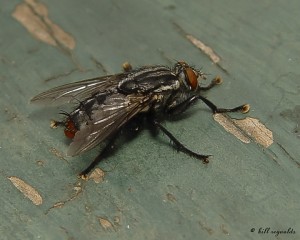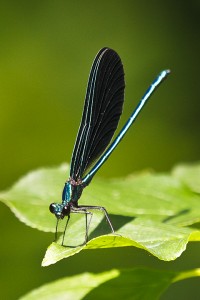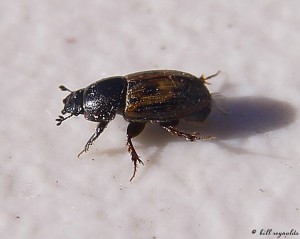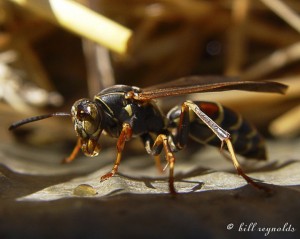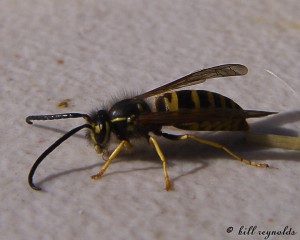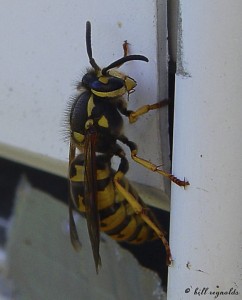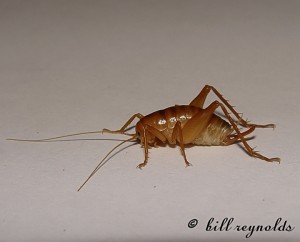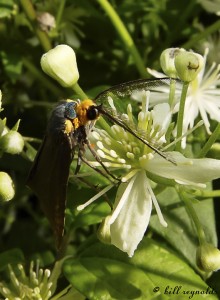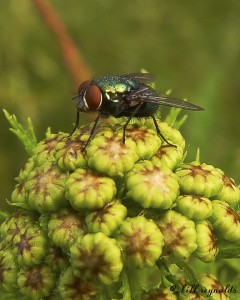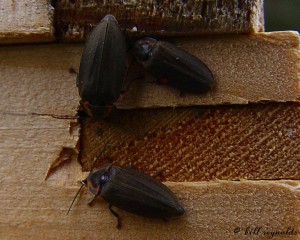There are 3 subfamilies, 108 genera, and about 2,500 species of flesh flies (Sarcophagidae). These flies deposit already hatched larvae on carrion, dung, or animal wounds.
The red-tailed flesh fly (Sarcophaga haemorrhoidalis) is often the first or one of the first insects to visit a corpse. This makes them useful in determining the amount of time that has elapsed since a person has died.
This species is identified by three gray stripes on the thorax; gray and black checkerboard pattern on the abdomen; reddish-brown external genitalia at the tip of the abdomen of the male; 4 bristles on the notopleuron (a region on the thorax); a long bristle on the upper side of the antenna that is feathery at the base; well developed lobes at the base of the wing; and an R5 wing cell that is closed or narrowed at the end.
http://minnesotaseasons.com/Insects/red-tailed_flesh_fly.html

